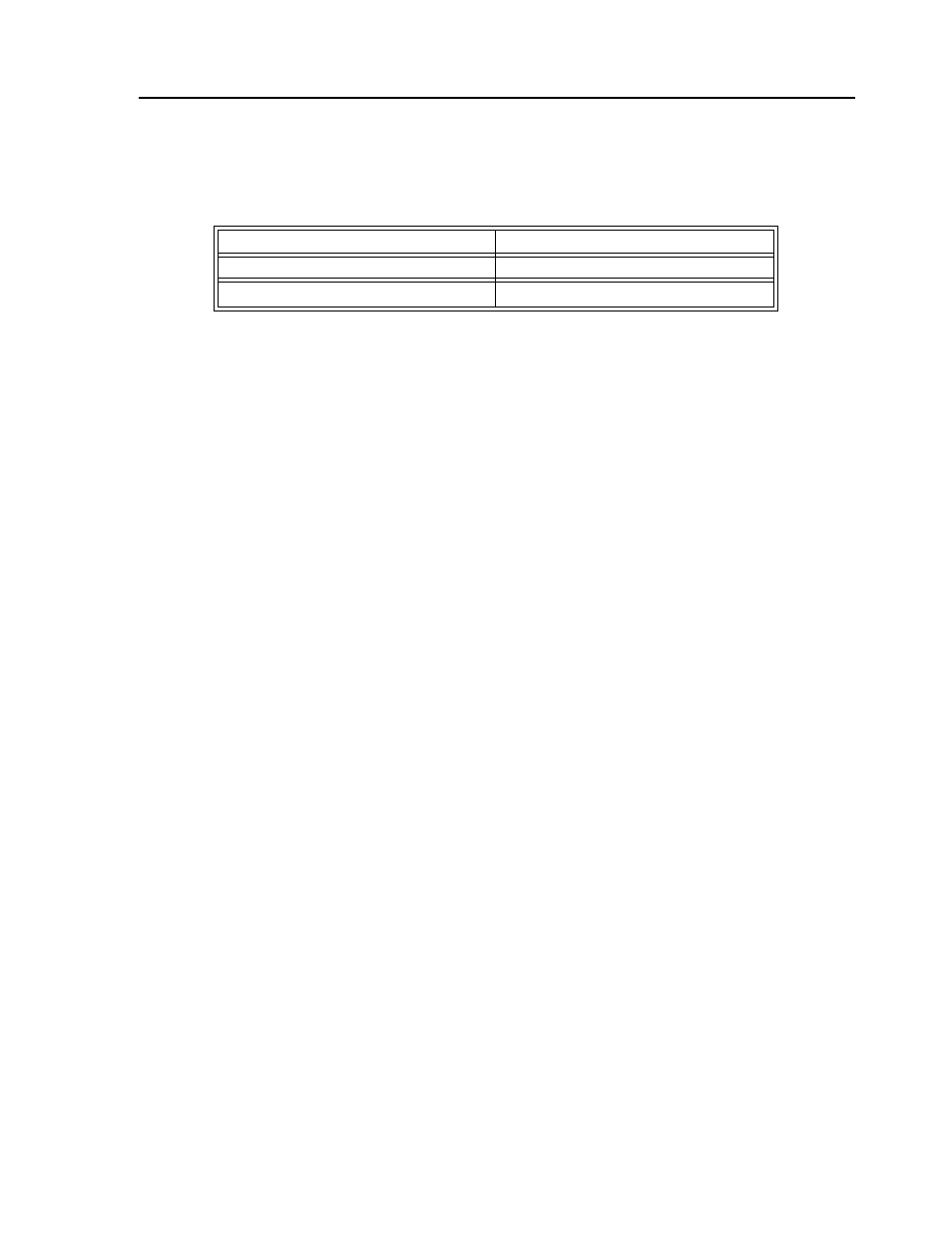Digital filter – Yaskawa SMC–4000 User Manual
Page 33

23
SMC–4000 User Manual
Digital Filter
The digital filter has a transfer function of D(z) = K(z-A)/z + Cz/z-1 and a sampling time of T.
The filter parameters, K, A and C are selected by the instructions KP, KD, KI or by GN, ZR and KI,
respectively. The relationship between the filter coefficients and the instructions are:
This filter includes a lead compensation and an integrator. It is equivalent to a continuous PID filter with
a transfer function G(s).
G(s) = P + sD + I/s
P = K(1-A) = KP
D = T* K * A = T.KD
I = C/T = KI/8 * TM
For example, if the filter parameters are KP = 4:
KD = 36
KI = 2
T = 0.001 s
the digital filter coefficients are:
K = 40
A = 0.9
C = 0.25
and the equivalent continuous filter, G(s), is:
G(s) = 4 + 0.036s + 250/s
ZOH
The ZOH, or zero-order-hold, represents the effect of the sampling process, where the motor command is
updated once per sampling period. The effect of the ZOH can be modeled by the transfer function
H(s) = 1/(1+sT/2)
If the sampling period is T = 0.001, for example, H(s) becomes:
H(s) = 2000/(s+2000)
However, in most applications, H(s) may be approximated as one.
This completes the modeling of the system elements. Next, we discuss the system analysis.
K = KP + KD
or K = GN
A = KD/(KP + KD)
or A = ZR
C = KI/8
